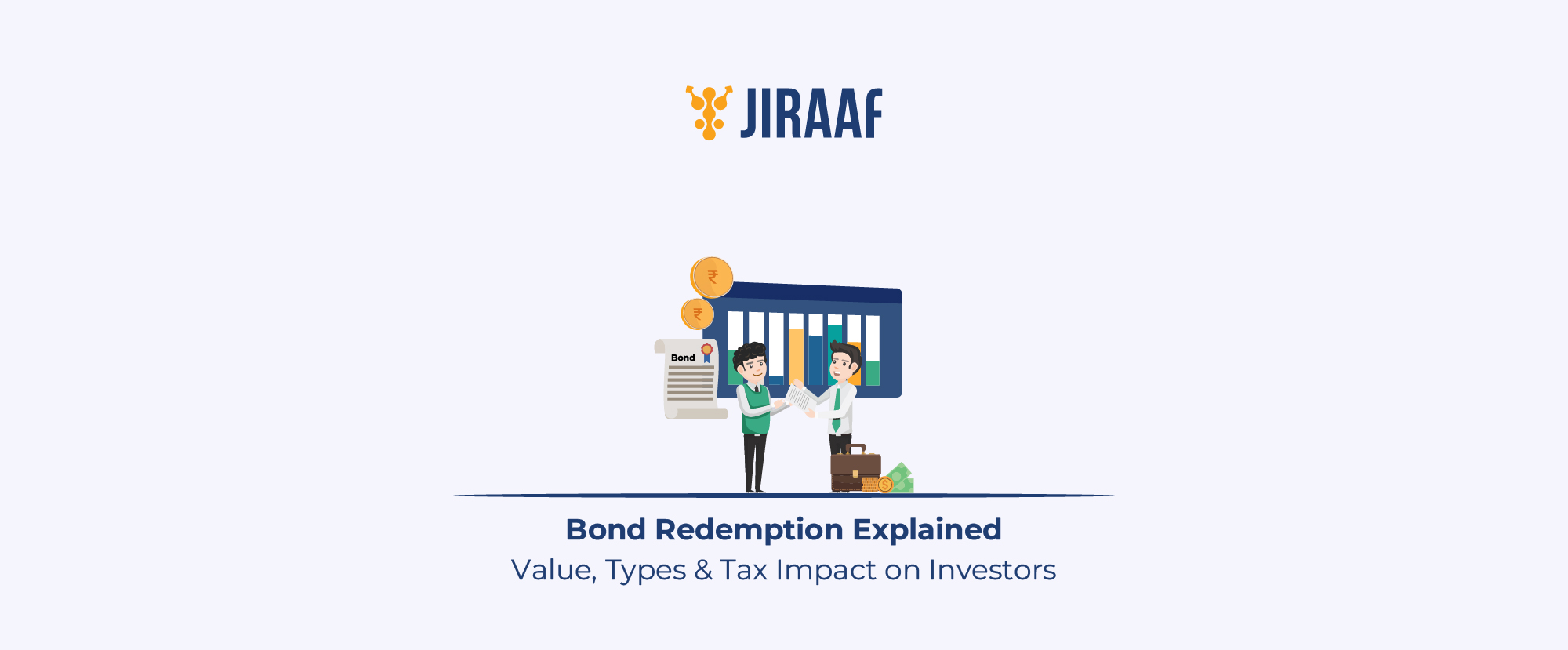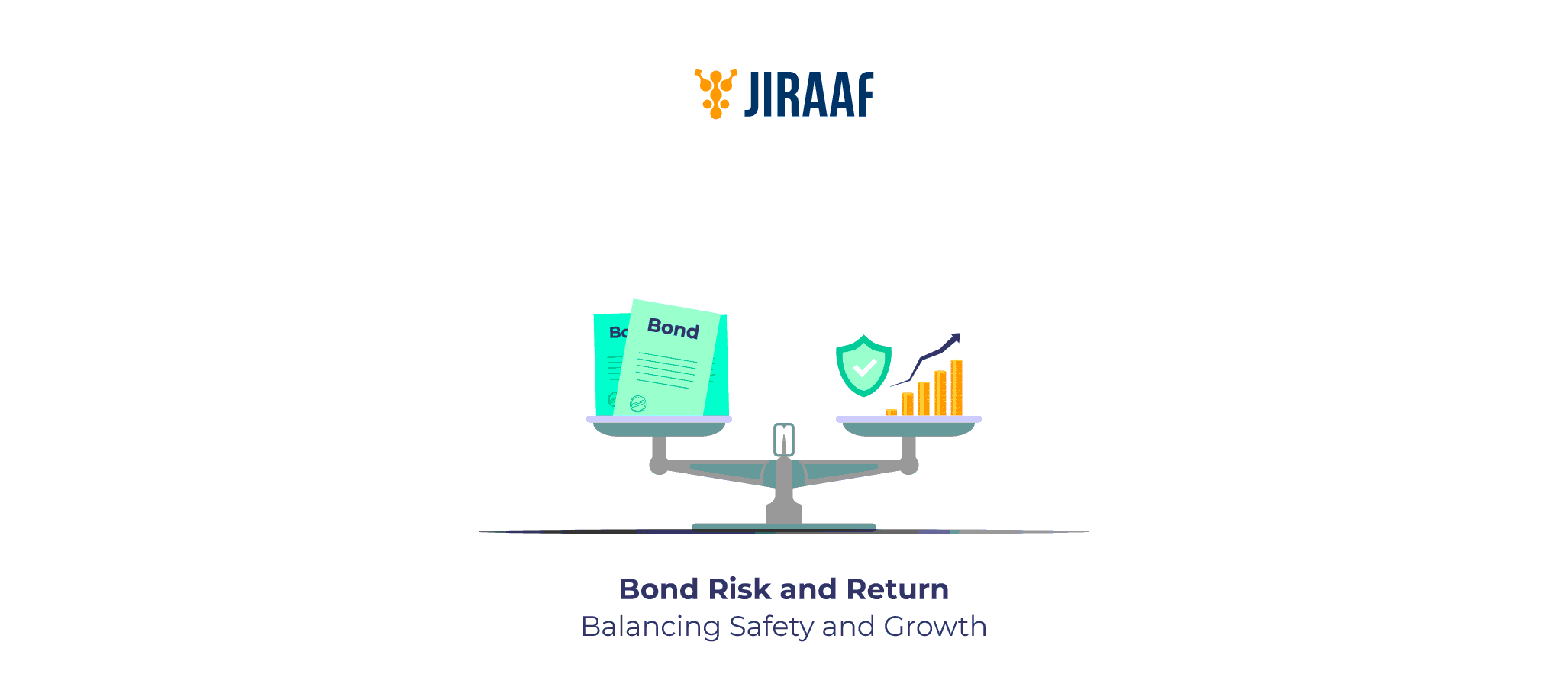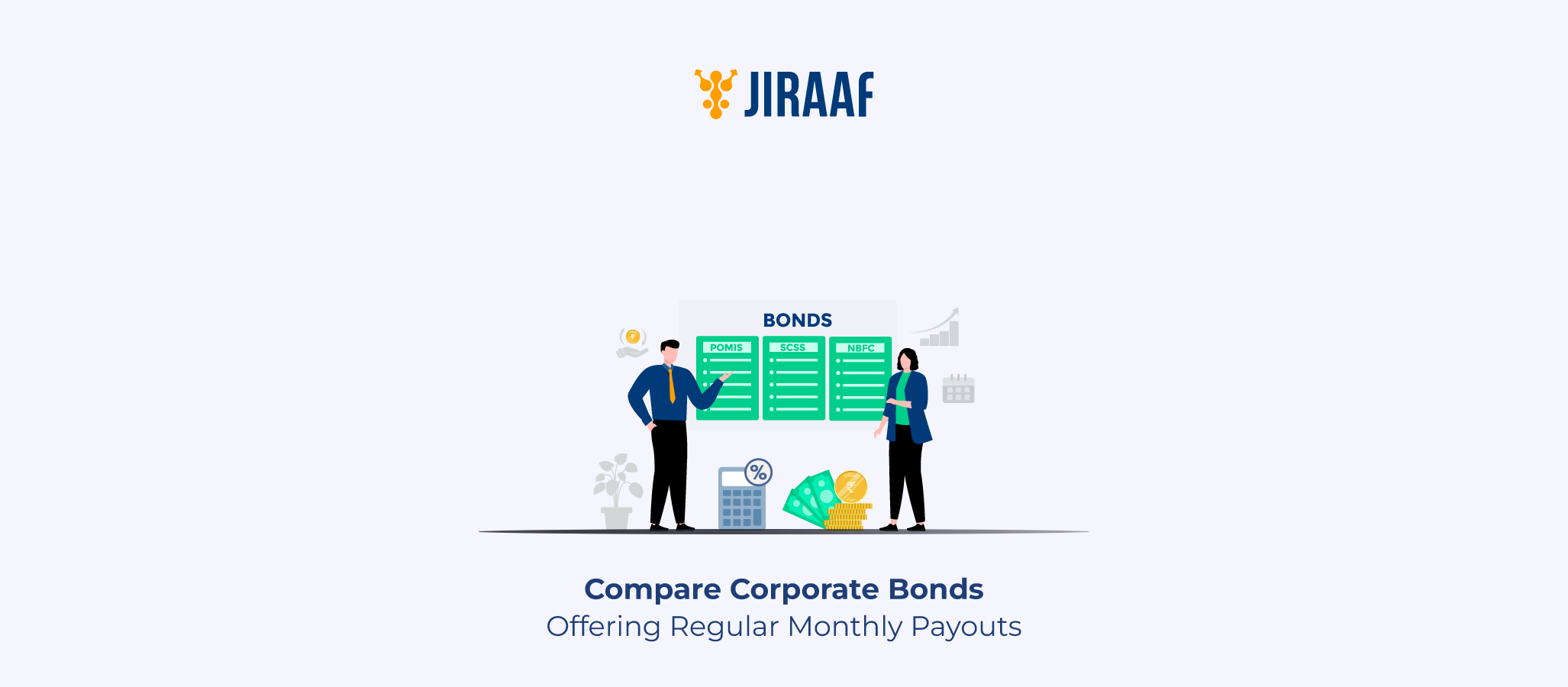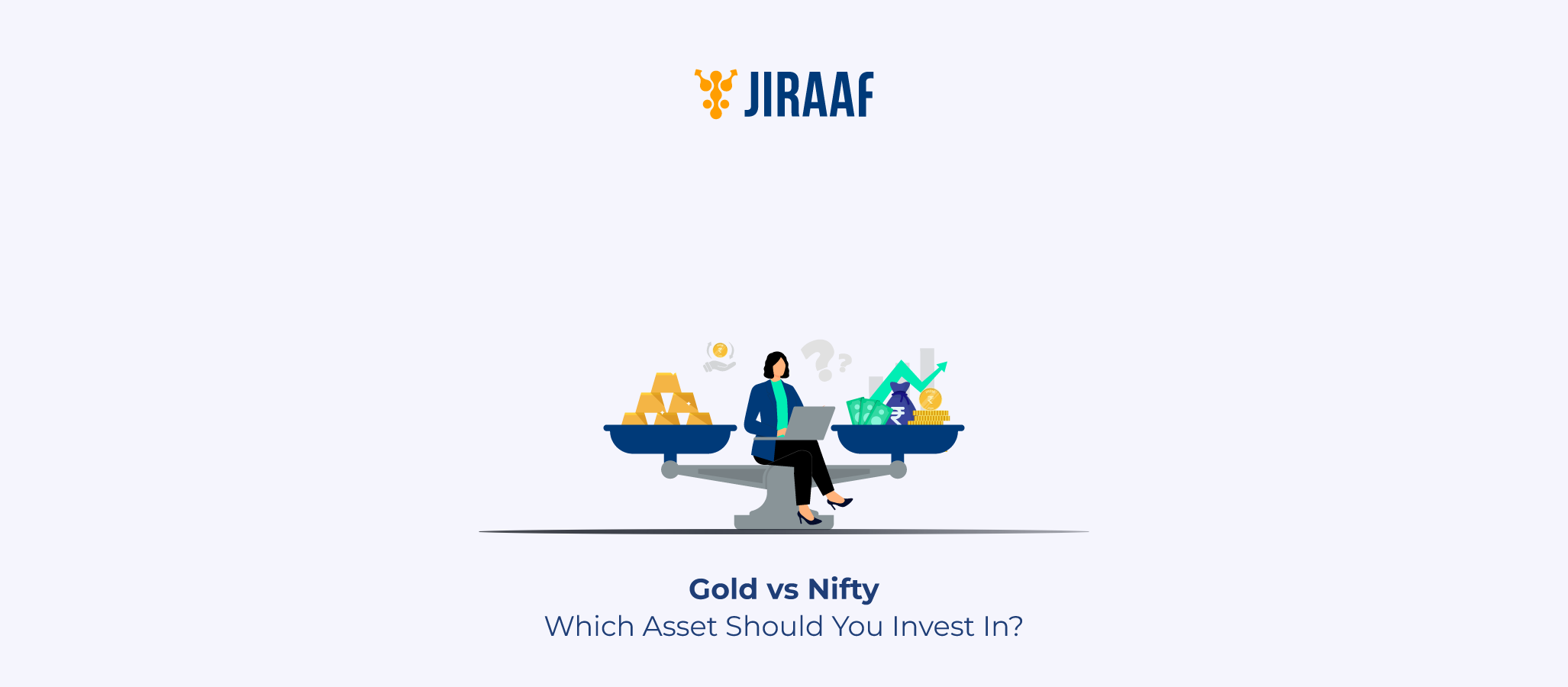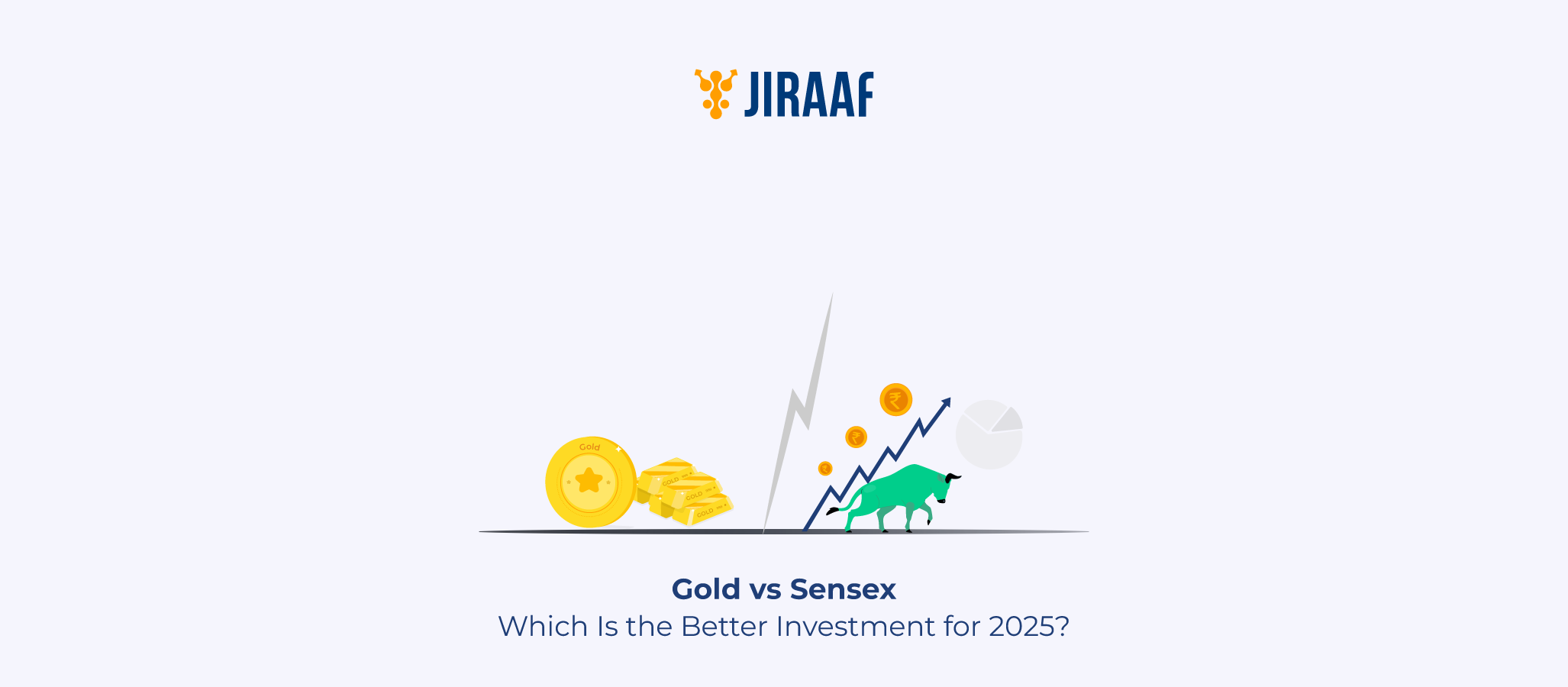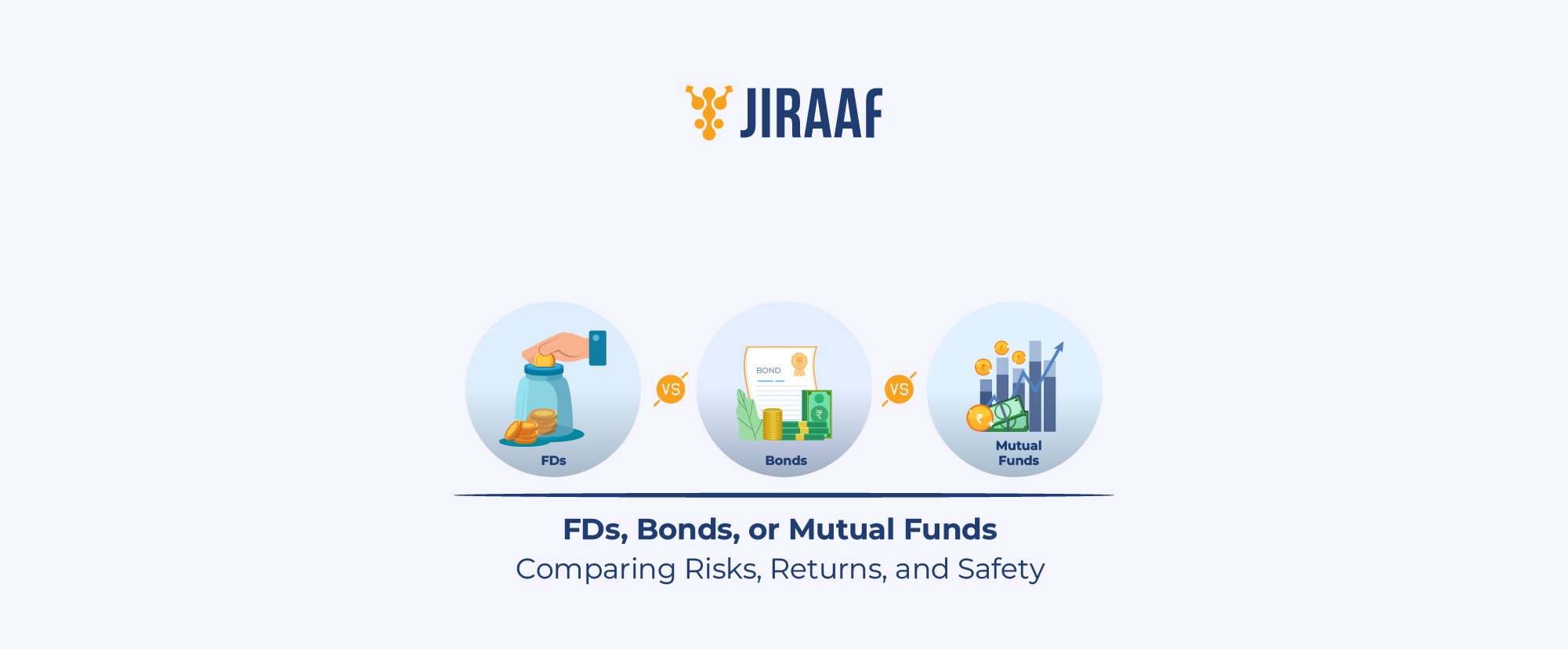A bond offers fixed coupons along with the assurance of receiving principal back at maturity. This makes it easier for investors to map their bond’s maturities along with specific financial goals like education fund, marriage or buying a house.
However, this assurance is only as strong as the bond’s redemption terms. Early calls, buybacks, or specific redemption clauses can reshape the actual outcome, sometimes reducing gains or altering timelines.
Hence, in this blog, we’ll break down what bond redemption is, the factors that influence it, and how it impacts your overall investment strategy.
What is Bond Redemption?
Bond redemption is the process by which an issuer repays the principal amount to the investor. It marks the final stage in a bond’s life cycle and ends the contract between the issuer and the bondholder.
The timing and value of redemption are not arbitrary. They are clearly specified in the bond’s information memorandum, which is provided to investors at the time of issuance. This document outlines whether redemption will be compulsory at maturity or if provisions exist for earlier or later repayment, depending on the type of bond.
For example, a callable bond can be redeemed early by the issuer, whereas a puttable bond allows the investor to sell it back before maturity. This represents different methods for bond redemption. Let’s take a deeper look at it.
Types of Bond Redemption
Maturity Redemption
Maturity redemption is the most straightforward and common form of bond repayment. Under this method, the issuer repays the full principal amount (face value) of the bond to the investor at the specified maturity date.
For example, consider a bond with a face value of ₹1,000, a 5% annual coupon rate, and a term of 5 years. The investor would receive ₹50 each year as interest, totaling ₹250 over five years. At the end of the fifth year, the issuer returns the principal of ₹1,000, resulting in total proceeds of ₹1,250.
Call Redemption
Call redemption occurs with callable bonds. Here, the company can call back the issued bonds before their scheduled maturity date. This typically occurs when market interest rates are falling, allowing issuers to refinance their debts at a lower cost.
For example, a company issues bonds at 7% for a 10-year term. But after 5 years, the interest rates drop to 5%. In this case, the company can call back its issued bonds early by paying a small premium above the face value to compensate bondholders. While the issuers save money, investors are susceptible to reinvestment risk.
A bond’s information memorandum clearly states the call date and call price. Investors should always verify the call provision before investing in bonds.
Put Redemption
Put redemption is applied to puttable bonds. Here, the investor has the right, but not an obligation to sell the bond back to the issuer before maturity at a predetermined price. This feature adds flexibility and protects investors, especially when the issuer’s credibility is weakening or the interest rates are on the rise.
For example, an investor buys a 5-year puttable bond with a 6% coupon rate. After two years, the interest rates start to rise, and the underlying puttable bond’s market value starts decreasing. In this case, the investor has the option to exercise their right and redeem the bond at the agreed price, giving the investor the flexibility of reinvesting in higher rated bonds.
Conversion Redemption
Conversion redemption is a feature of convertible bonds. These bonds let investors convert them into a set number of shares of the issuer company at a predetermined price. Convertible bonds give investors the stability of fixed income returns while also offering the potential upside of equity growth.
Since investors have the chance of benefitting from possible stock appreciation, convertible bonds usually come with lower coupon rates compared to regular bonds.
Staggered Payments Redemption
Staggered payments redemption happens when the issuer repays the principal in installments over time instead of giving the full amount at maturity. Generally, companies use this repayment method because of the underlying debt issue being too large or to match the expected future cashflows from their underlying assets.
For investors, staggered redemption provides a recurring repayment of principal amount just like interest payments. Each installment is usually equal and spaced evenly throughout the bond’s remaining life, helping investors manage liquidity and plan reinvestments more effectively.
Now that we know how different types of bond redemptions work, let us talk about what factors can influence redemption value of bonds.
Factors Affecting Redemption Value of Bonds
Several factors influence a bond’s redemption value. The following factors shape when and how investors receive their principal and return:
- Interest Rate Movements: Market interest rates have a direct impact on redemption decisions. When rates fall, issuers of callable bonds often redeem them early to refinance at lower costs. On the other hand, rising rates may prompt investors holding puttable bonds to redeem early and reinvest at higher yields.
- Credit Rating and Financial Health of the Issuer: An issuer’s financial stability and creditworthiness play a critical role. Companies with improved credit ratings may redeem existing bonds to replace them with cheaper debt.
- Bond Type and Redemption Terms: Bond types like callable, puttable, or convertible come with specific redemption clauses. These clauses define when and how the bond can be redeemed.
- Tax Considerations: Tax rules can also influence redemption decisions. If new tax regulations make certain bonds less attractive, investors may choose to redeem early to optimize their returns.
Considering taxes and its implications on bonds redemption value, let us take a look at how bond redemption is taxed in India.
Bond Redemption Tax Treatment in India
Income generated from bonds is taxable in two ways: interest income and capital gains earned through bond redemption.
- Interest payments: The regular interest accrued over the bond’s tenure is included in the investor’s gross total income and taxed according to their applicable income tax slab.
- Capital Gains: A capital gain or loss occurs when the redemption value of a bond differs from its purchase price. For example, if an investor buys a bond for ₹30,000 and redeems it at ₹40,000, they realize a capital gain of ₹10,000. On the other hand, redeeming the bond for less than the purchase price results in a capital loss. An investor can offset a capital loss against gains from other investments. Furthermore, gains on bonds held for 12 months or less are taxed according to the investor’s income tax slab. And gains on bonds held for more than 12 months are taxed at 12.5% without indexation.
Conclusion: Key Takeaways for Investors
Understanding the type of bond, its redemption clauses, and the factors influencing redemption value equips investors to make informed decisions and manage risks effectively.
Smart investors don’t just count coupons; they plan for how and when redemption happens. The key is to treat redemption terms as part of your strategy. Remember to align the redemption with your goals so your bond returns money at the right time, in the right way.
